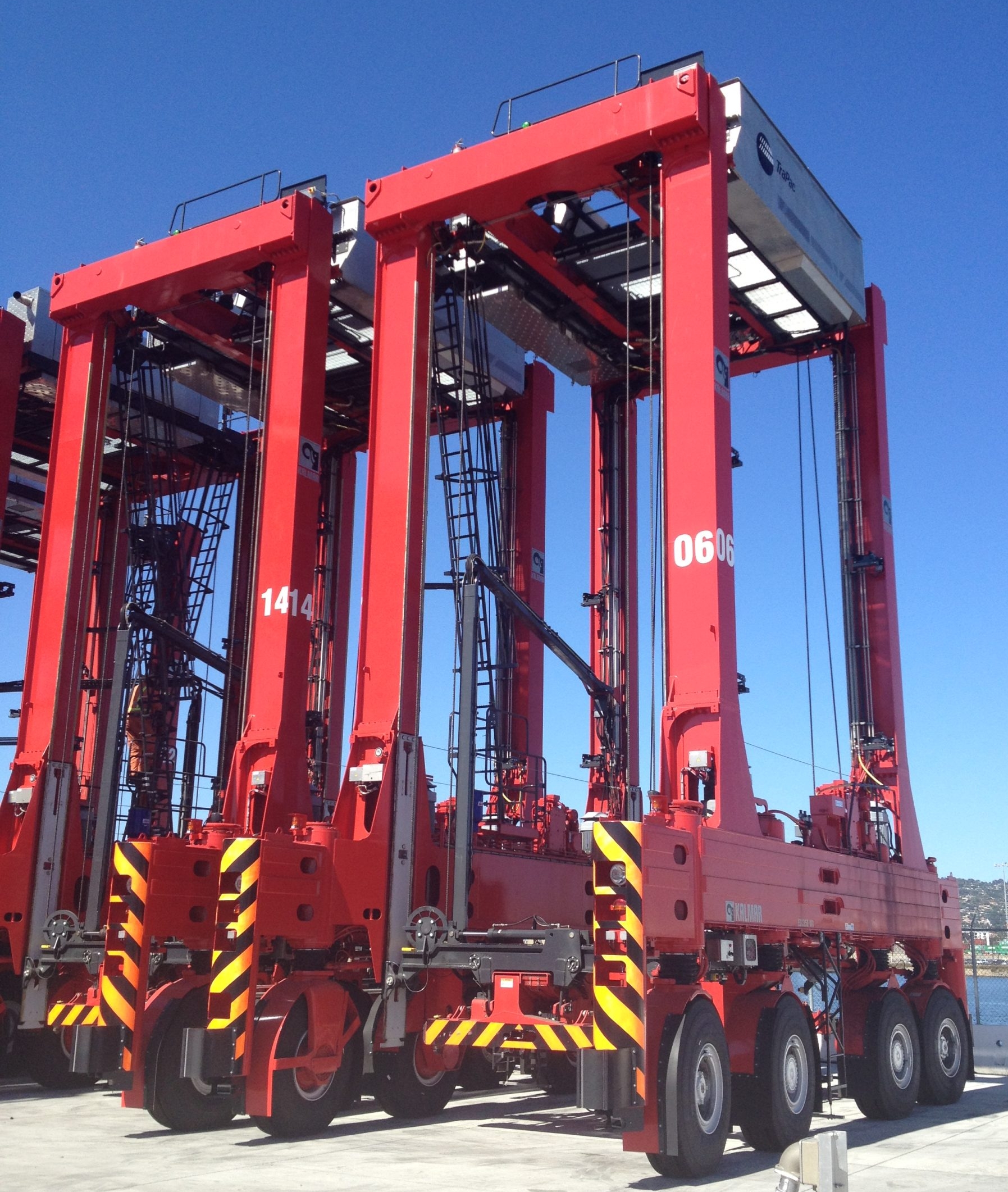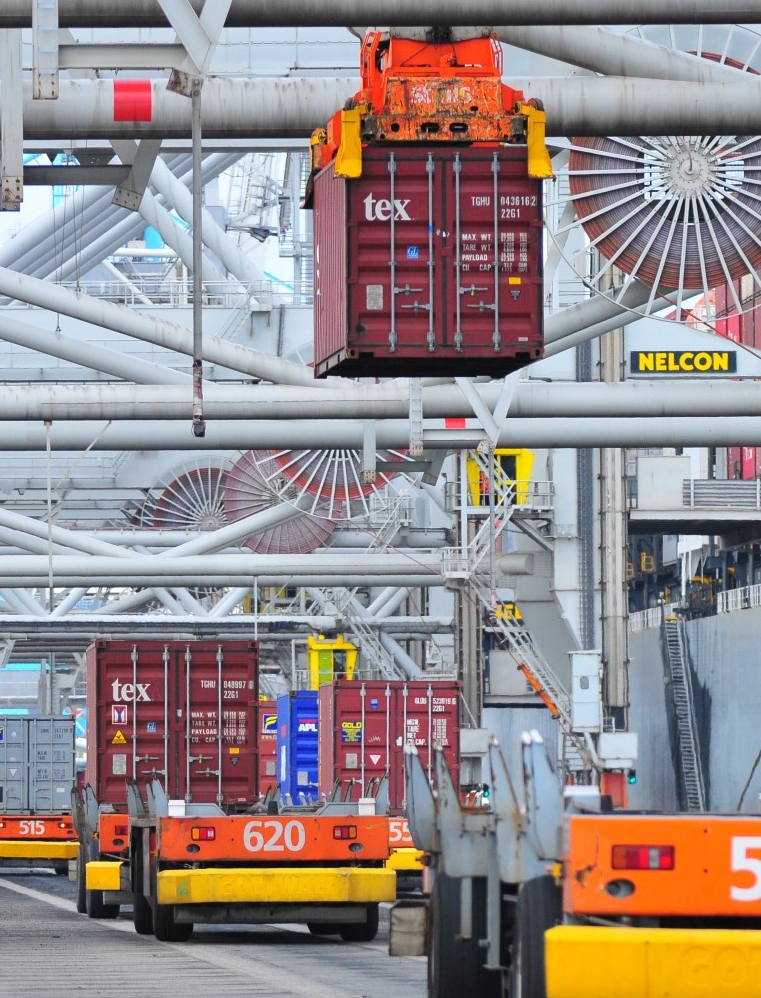Automation Consulting for Terminal Automation Projects
Portwise’s Automation Consulting team supports terminal operators in transforming design concepts into fully operational and efficient automated terminals. This process includes making critical decisions about automation implementation, selecting suitable technologies, organising the automation project, identifying risks, identifying critical integration needs, and establishing necessary operational structures post-automation, to avoid project delays and overspending.
Many container terminals around the world still have (mostly) manual operations, and the need for automation increases due to environmental considerations, labour shortages, and the desire to achieve better efficiencies and capacity utilisation.
When a successful automation design study for a brownfield or greenfield terminal has been done, objectives have been set. And with that, challenges and questions on automation projects arise, especially since most of the automation solution providers focus only on technical feasibility. When addressing these challenges adequately, the chance of additional costs, project delays and an unsatisfactory automation implementation will decrease.
Portwise supports you at each step of your automation project. This can include tender assistance and evaluation, risk reduction and rollout strategies, testing, implementation, change management, and performance optimisation.
Based on our expertise and experiences from many automation implementation projects around the world, we meet the needs of terminals to take their automation projects to new heights.
Terminal automation projects will face challenges such as:
Focus on equipment and technical feasibility alone, instead of automation performance, seamless integration to other systems and the impact on the workforce.
Too optimistic business cases on automation, causing distress when the expected gains are not realised.
Brownfield terminals: implementation needs to be performed in a live terminal where business continuity is vital.
Change to standard operational procedures to implement the new automated process and procedures.
Lack of experience with automation projects and the project team does not know where to start.

Portwise’s Automation Consulting services include:
Goals and target definition, as well as terminal lay-out review and transition feasibility.
Creating the project landscape, including realistic timelines and critical integrations.
Conceptual IT landscape creation, including identification of risks, and critical system integrations
Transition planning, including hybrid terminal operations concepts, impact analysis on operations and cost analyses
Implementation planning, test, acceptance and performance strategies.
Setting a blueprint for the business as usual organisation.

Terminal Automation Consulting from Portwise
We have a loyal team of dedicated consultants who work on Portwise’s automation projects. Our team supports you in making critical decisions regarding the implementation of automation, selecting suitable technologies, organising the automation project, and establishing the necessary operational structures post-automation.
The value Portwise delivers:
- A holistic, iterative, structured and interactive approach to provide the tools for a successful automation project.
- Support at each step of your automation project to reach the automation potential of your terminal operations.
- Clear business case to future-proof your terminal.
What makes Portwise different?
- Close involvement in many flagship automation projects from the initial business case phase until well past GO-live.
- Knowledge on the terminal industry, software, simulation and automation collected over a period of more than 25 years.
- 9 out of 10 of the world’s leading terminal operators use our services.